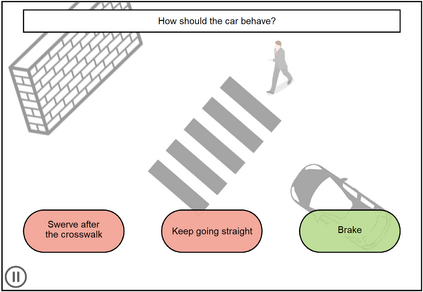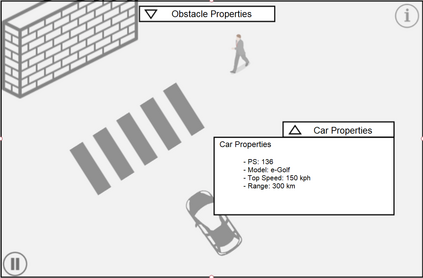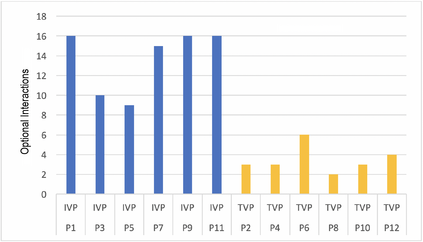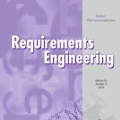One of the most important issues in requirements engineering (RE) is the alignment of stakeholders' mental models. Making sure that all stakeholders share the same vision of a changing system is crucial to the success of any project. Misaligned mental models of stakeholders can lead to conflicting requirements. A promising approach to this problem is the use of video showing a system vision, so-called vision videos, which help stakeholders to disclose, discuss, and align their mental models of the future system. However, videos have the drawback of allowing viewers to adopt a passive role, as has been shown in research on e-learning. In this role, viewers tend to be inactive, unfocused and bored while watching a video. In this paper, we learn and adopt findings from scientific literature in the field of e-learning on how to mitigate this passive role while watching vision videos in requirements engineering. In this way, we developed concepts that incorporate interactive elements into vision videos to help viewers stay focused. These elements include questions that are asked during the video and ways for viewers to decide what happens next in the video. In a preliminary evaluation with twelve participants, we found statistically significant differences when comparing the interactive vision videos with their traditional form. Using an interactive vision videos, viewers are noticeably more engaged and gather more information on the shown system.
翻译:需求工程(RE)中最重要的问题之一是调整利益攸关方的心理模式。确保所有利益攸关方都对不断变化的系统抱有同样的愿景,这对于任何项目的成功都至关重要。利益攸关方的错误思维模式可能导致需求相互冲突。这一问题的一个有希望的方法是使用视频显示系统愿景,即所谓的视觉视频,帮助利益攸关方披露、讨论和调整未来系统的精神模式。然而,视频的缺点是允许观众发挥被动作用,正如电子学习研究所显示的那样。在这一作用中,观众在观看视频时往往无动于衷、无重点和无聊。在本文中,我们学习和采纳电子学习领域科学文献的研究结果,探讨如何在观看愿景视频时减少这种被动作用,同时观看工程方面的需要。这样,我们制定了概念,将互动要素纳入视觉视频中,以帮助观众保持对未来系统的注意力集中。这些要素包括视频中提出的问题和观众决定下一步在视频中发生的事情。在与12名参与者进行初步评估时,我们发现在将互动愿景视频与其传统形式进行比较时,在统计上存在显著的差异。使用互动视频的形式收集。









